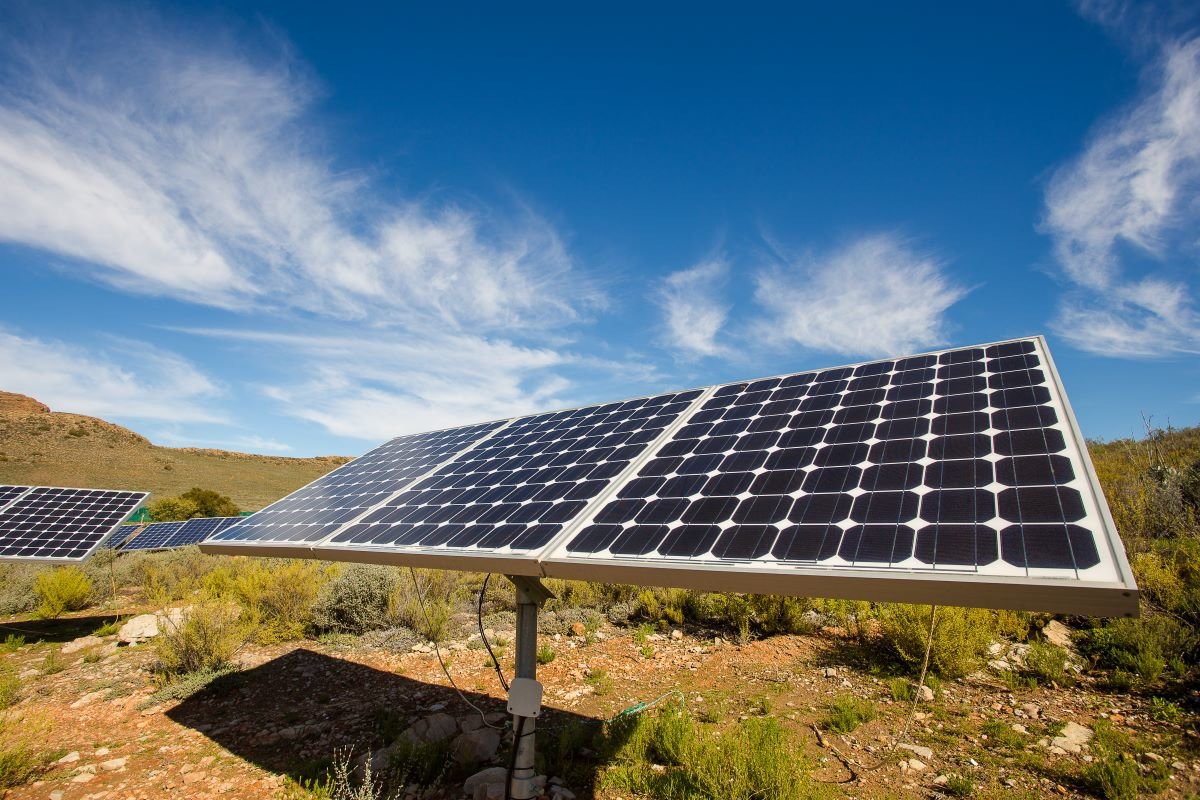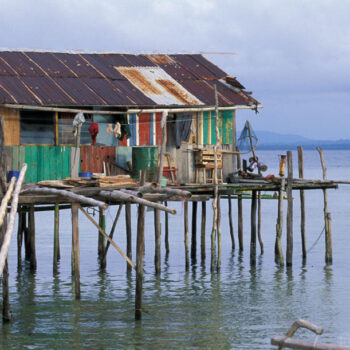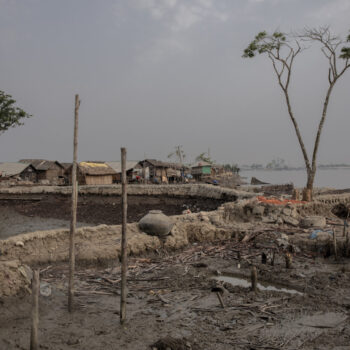The COVID-19 crisis has further reduced confidence amongst emerging and developing countries that the scale of resources needed for shifting their economies towards low-carbon and climate-resilient pathways will be made available. Even major emerging economies are facing important barriers to financing economically viable clean energy projects that would allow them to deliver on the G20 commitment to significantly increase climate action in advance of COP26.
This puts the outcomes of COP26 at risk and undermines the faith in the ability of the Paris Agreement, and by extension the wider multilateral rule-based system, to deliver ambitious climate action. It is not too late to agree at COP26 to a finance package that credibly responds to the IPCC’s Code Red warning and sets the direction for a sustainable recovery. But time is running out.
The world must act forcefully to demonstrate to developing countries that finance is available, but commitments by governments to date have been fragmented and, most importantly, have lacked a top-down push by leaders. This explains why there is little confidence that donor countries will close the USD 100 billion climate finance gap, or the recently launched global infrastructure initiative by G7 leaders will address the climate finance needs of the Global South. This must change if we are to build the political dynamics for an ambitious package of climate agreements and commitments at COP26.
An all-hands-on-deck approach, led by G7 countries, but open to other nations, is needed to convincingly show that leaders are willing to unlock trillions in capital at the speed and scale needed for a safe climate and for building back better post-COVID-19.
This report proposes policy changes for Multilateral and Bilateral Development Finance Institutions that would significantly expand their financial firepower to address climate change. Such an outcome would be achieved by leveraging more private capital through improved risk management and capital increases.
The scenarios modelled in the report estimate that a six-fold increase in financing for clean energy in developing countries can be achieved by increasing Multilateral Development Banks (MDBs) lending headroom with existing capital. Financing could even increase by 8 times with an additional and modest capital increase by MDB shareholders.
But in order to shift from “billions to trillions”, financing needs to be provided at facility level. The report proposes platforms that would massively scale the issuance of green and sustainable bonds. Such platforms could, on a blended basis, manage large-scale funding flows, especially from institutional investors.
Signalling and implementing these policy propositions ahead of COP26 can build confidence amongst emerging and developing economies that their financial needs will be met.


